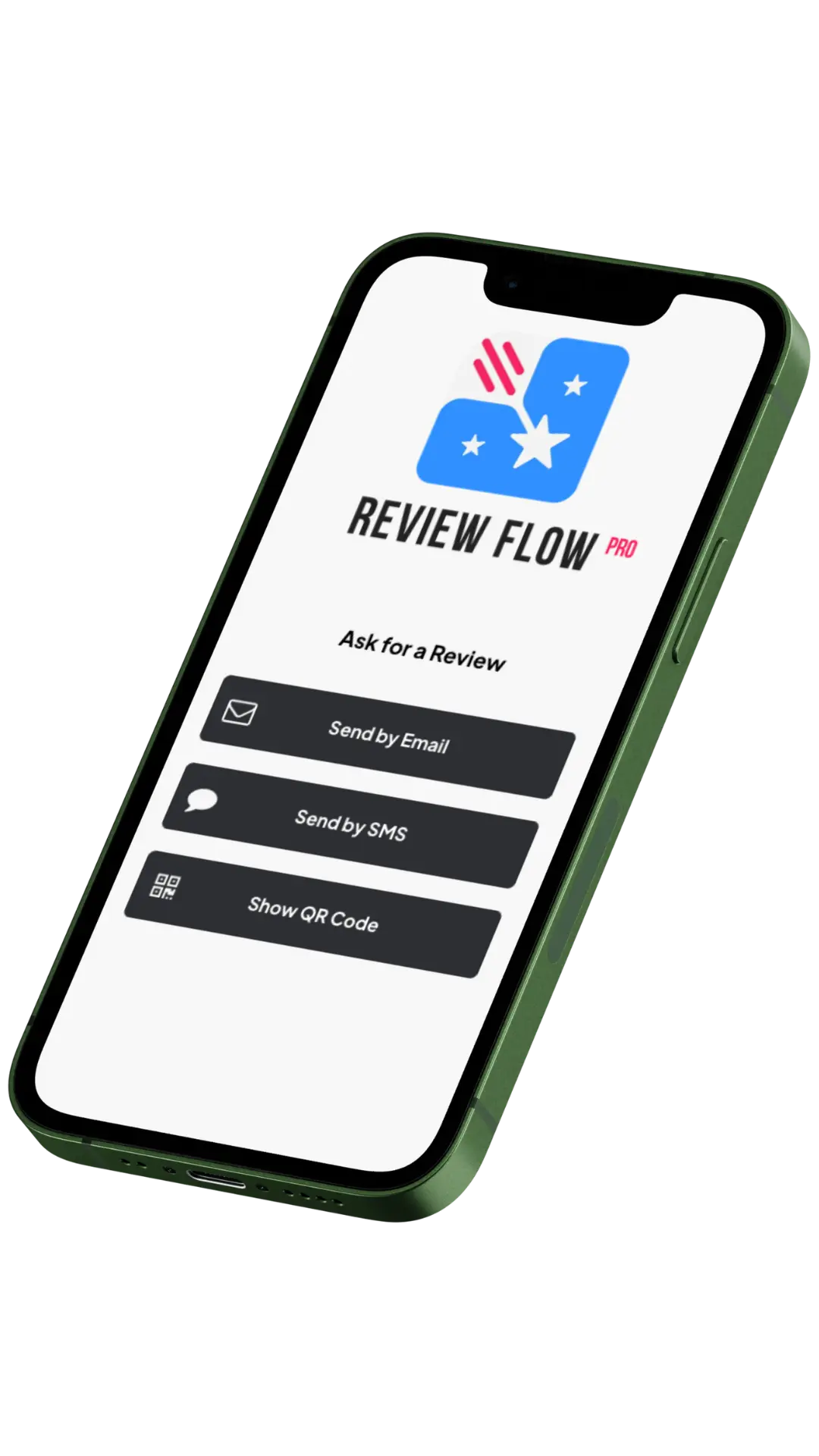Table of Contents
To merge lists in Mailchimp:
- Backup your list data first.
- Set up groups in your master list.
- Pause your welcome automation.
- Use the Combine Lists tool.
Why Merging Lists in Mailchimp Is Important
Managing multiple lists in Mailchimp can get messy. If you’re tired of dealing with duplicate contacts and segmented data, it’s time to consider combining your lists. Merging lists in Mailchimp not only simplifies management but also keeps your audience more organized and easier to target.
Benefits of merging lists:
- Streamline your email campaigns by having all contacts in one place.
- Reduce costs by avoiding duplicate subscribers.
- Improve targeting with comprehensive segmenting options from a unified list.
When you consolidate your lists, you’re also ensuring a better understanding of your audience through unified data collection.
I’m Elliott Kosmicki, and I’ve spent over two decades helping small businesses streamline their digital marketing efforts, including list management in Mailchimp. My goal is to simplify complex processes so you can focus on growing your business.
Next, we’ll cover why merging lists in Mailchimp is essential for your email marketing strategy.
Why Merge Lists in Mailchimp?
Merging lists in Mailchimp can simplify your email marketing strategy and improve your results. Here are some reasons why you should consider merging your lists:
Organization
By merging your lists, you can keep your contacts in one place. This makes it easier to manage and reduces the chance of sending duplicate emails.
Example: Imagine you have separate lists for different events or lead magnets. Merging these lists into one main list means you can segment them based on their interests, making it easier to send targeted emails.
Lead Magnets
If you use lead magnets to grow your email list, you might end up with multiple lists. By merging these lists, you can keep track of all your leads in one place.
Fact: According to Mailchimp, using tags and segments within a single list can help you target specific groups more effectively.
Event Imports
When you import contacts from various events, you might create multiple lists. Merging these lists helps you keep all your event contacts together.
Story: A client of mine had separate lists for each trade show they attended. By merging these lists, they were able to send follow-up emails to all their event contacts at once, saving time and effort.
Data Consolidation
Consolidating your data into one list can give you a clearer picture of your audience. This helps you make better decisions based on unified data.
Statistic: Research shows that having a single, consolidated list can improve your email marketing performance by up to 30% due to better segmentation and targeting.
By merging your lists in Mailchimp, you can streamline your email marketing efforts and get better results.
Next, we’ll walk you through the steps on how to merge lists in Mailchimp.
Preparing to Merge Lists
Before you start merging lists in Mailchimp, it’s crucial to prepare properly. This will help ensure that you don’t lose any important data and that the process goes smoothly.
Backup Your Data
Merging lists can result in some data loss, so it’s super important to back up everything first. Here’s how to do it:
Backup Your List Data:
- Go to Lists.
- Click the name of the list you want to back up.
- Click Export List.
Backup Your Segments:
- Go to Lists.
- Click on the list you want.
- Click View Segment and choose a segment to export.
- Click Export Segment.
Backup Tagged Contacts:
- Go to Lists.
- Click the list name.
- Click the Filter by Tags drop-down menu and choose the tag you want to export.
- Click Export.
Backup Your Groups:
- Go to Lists.
- Choose the list you want.
- Click Manage Contacts.
- Click Groups then View Groups next to the group category.
- Click on the #Contacts to view the group.
- Click Export Segment.
Export Lists
Exporting your lists is a straightforward process. Follow the steps mentioned above for each list you want to back up. This ensures that you have a copy of all your contact information.
Export Segments
Segments are subsets of your list based on specific criteria. Exporting these ensures you don’t lose any targeted groups you’ve created.
Export Tagged Contacts
Tags help you organize your contacts. Since tags don’t transfer when combining lists, make sure to export these separately.
Export Groups
Groups are another way to organize contacts in Mailchimp. Exporting your groups ensures you keep this organization intact after merging lists.
By preparing your data properly, you can avoid potential headaches down the line. Next, we’ll dive into the step-by-step guide on how to merge lists in Mailchimp.
How to Merge Lists in Mailchimp
Step-by-Step Guide to Merging Lists
Combining lists in Mailchimp might sound tricky, but it’s straightforward if you follow these steps. Here, we’ll cover two main methods: using the combine audiences tool and the CSV import method.
Using the Combine Audiences Tool
The combine audiences tool is a user-friendly feature in Mailchimp that helps you merge lists seamlessly. Here’s how you can do it:
- Steer to Lists: Go to Audience -> All contacts.
- Select Lists: Choose the list you want to combine with your primary list. Click the drop-down next to it.
- Combine Lists Tool: Select Combine audiences from the drop-down menu.
- Confirm Merge: In the pop-up modal, choose your primary audience. If you use groups in your primary audience, check the boxes next to the groups you want to add these contacts to.
- Repeat: Repeat these steps for each list you want to combine.
Using the CSV Import Method
If you prefer or need to use the CSV import method, follow these steps:
- Export Lists: Go to Audience -> All contacts -> Export audience -> Export as CSV.
- Save CSV File: Save the exported CSV file to your computer.
- Archive Old List: Steer to Audience -> All contacts -> Current audience. Select the list you want to archive and click Manage contacts -> Archive all contacts.
- Import Contacts: Go to Audience -> Audience dashboard -> Manage Audience -> Import contacts.
- Upload CSV: Select Upload a file and click Continue. Browse and upload your CSV file, then click Continue to organize.
- Select Status: Choose the status of your contacts (e.g., Subscribed). Click Continue to tag if you want to add tags.
- Match Fields: Match the fields from your CSV to your Mailchimp list fields. Click Finalize import and then Complete import.
Repeat this process for other contact types like Unsubscribed and Non-subscribed.
Important Considerations
When merging lists in Mailchimp, keep these considerations in mind:
Data Loss
Some data won’t transfer during the merge. This includes signup source, purchase history, language, email client, and social profile data. Tip: Avoid merging GDPR-enabled lists as you might lose critical compliance data.
Tag Data
Tags help organize your contacts, but they don’t transfer during the merge. Export your tags separately to maintain this organization.
Unsubscribed Contacts
Unsubscribed contacts need to be imported separately. Make sure to handle them carefully to comply with email marketing laws.
List Statistics
Campaign stats won’t transfer with the lists. Export these stats separately if you need them for future analysis.
Contact System Data
Certain system data, like automation triggers, might get affected. Pause any automations that might be triggered by the import to avoid sending unintended emails.
By following these steps and considerations, you can successfully merge your lists in Mailchimp without losing valuable data. Up next, we’ll tackle troubleshooting common issues you might encounter during the merge process.
Troubleshooting Common Issues
Merging lists in Mailchimp can sometimes bring up a few hiccups. Here’s how to handle the most common issues:
Import Errors
Problem: You might see errors when importing contacts.
Solution:
- Check Your CSV File: Ensure it’s formatted correctly. Columns should match the fields in your Mailchimp audience.
- Field Limits: Mailchimp has a limit on the number of fields. If you exceed this, you’ll get an error.
- Special Characters: Remove any special characters that might be causing issues.
Missing Data
Problem: Some data doesn’t show up after merging.
Solution:
- Field Matching: Ensure that all fields in the source list are present in the target list. Add any missing fields before merging.
- Segment and Tag Data: Export segments and tagged contacts separately and re-import them to retain this information.
- Manual Check: Sometimes, a manual review helps identify what’s missing.
Duplicate Contacts
Problem: Duplicate contacts appear after merging lists.
Solution:
- Remove Duplicates: Mailchimp has a built-in tool to find and remove duplicate contacts. Use it after merging.
- Use Tags: Before merging, tag contacts from each list. This helps identify duplicates and manage them better.
- Export and Clean: Export your list, clean duplicates in Excel or Google Sheets, then re-import the cleaned list.
Paused Automations
Problem: Automations get paused unexpectedly.
Solution:
- Check Triggers: Ensure automation triggers aren’t disrupted by the merge. Reconfigure if necessary.
- Resume Manually: After merging, manually resume any paused automations.
- Test Runs: Before the final merge, do a test run to see how automations are affected and make adjustments accordingly.
By addressing these common issues, you can ensure a smoother merging process in Mailchimp. Now, let’s move on to frequently asked questions about merging lists in Mailchimp.
Frequently Asked Questions about Merging Lists in Mailchimp
Can you merge lists on Mailchimp?
Yes, you can merge lists on Mailchimp using two main methods: the combine audiences tool and the CSV import.
Combine Audiences Tool: This is the simplest method. Steer to the audience you want to combine, click the drop-down menu, and select Combine audiences. In the pop-up modal, choose your primary audience and follow the prompts. This tool will merge your lists while maintaining important data like tags and segments.
CSV Import: Export your contacts from one list as a CSV file and import them into another list. This involves more steps but gives you control over the data you want to keep. Be aware that some data, like campaign stats and certain contact information, won’t transfer.
How do I merge two segments in Mailchimp?
To merge two segments, you’ll use the combine audiences feature. Here’s how:
- Export Segments: First, export the segments you want to merge as CSV files.
- Primary Audience: Decide which list will be your primary audience.
- Import Segments: Import the CSV files into your primary audience. You can do this by navigating to Audience -> Manage Audience -> Import contacts.
- Pop-Up Modal: During the import, a pop-up modal will guide you to match fields and add tags to keep your segments organized.
Can you have multiple lists in Mailchimp?
Yes, you can have multiple lists, but it’s not recommended. Mailchimp suggests maintaining a single primary audience and using tags and segments to organize your contacts. Here’s why:
Plan Limitations: Multiple lists can increase your costs as Mailchimp charges per contact. Having duplicates across lists can be costly.
Best Practices: Using tags and segments is more efficient. Tags allow you to label contacts based on behavior, location, or any criteria you choose. Segments let you create dynamic groups within your list, making targeted campaigns easier.
By following these best practices, you’ll streamline your email marketing efforts and save money. For more detailed guidance, check out our small business web design and marketing services at Major Impact.
Next, let’s explore some common troubleshooting tips for merging lists in Mailchimp.
Conclusion
Merging lists in Mailchimp can greatly simplify your email marketing efforts. By consolidating your lists, you can keep your data organized, improve targeting, and make your campaigns more efficient. Remember to back up your data, set up groups in your master list, and pause any automations before you begin.
At Major Impact, we accelerate growth for local service businesses through our digital marketing system that increases bookings, client retention, and market visibility. Setup a free strategy call or claim your free copy of Review Flow Pro – our app that will help your local business get more 5-star Google Reviews.
By following these steps and best practices, you’ll be well on your way to a more organized and effective Mailchimp account. Happy emailing!








